Couture Sewing Techniques: How to Add a "Couture" Touch
Incorporate those advanced sewing techniques known in the couture fashion world for your own handmade pieces!
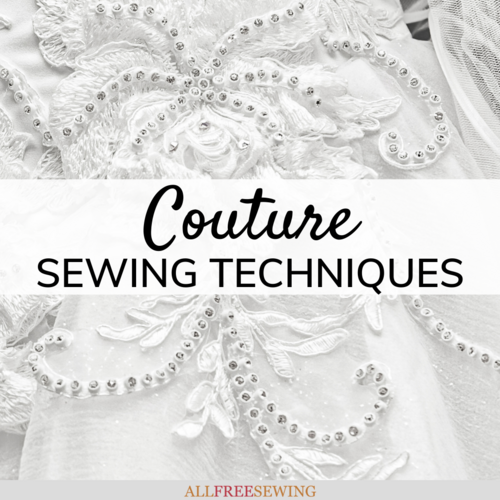
What is Haute Couture Sewing & Fashion?
Haute couture demonstrates the height of technical skill and creativity in fashion design and sewing. It literally means "high dressmaking" in French, and there are technically only a small number of accredited "grand couturiers" in the world.
That being said, you can still apply this sophisticated style to your sewing projects! From handmade clothing to accessories, couture-style class and elegance can add an impressive "wow" factor to a range of creations.
This guide goes over Couture Sewing Techniques. Learn how to add a "couture" touch to sewing projects with these tips on creating fashionable made-to-measure clothes for your own closet.
Whether you want to be sewing couture clothing of your own or simply wanting to add impressive details to everything you create, you can use this advice.
This page includes helpful information on embellishments, the type of fabrics used in haute couture, how to style and drape, and how to customize tailoring to match that elegant and stylish fashion world.
Sign Up For More Free Patterns >>>
Here are some ways you can incorporate this skill in your own sewing:
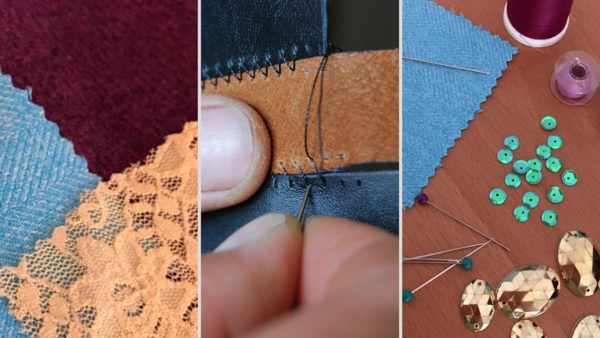
Hand-Sewn Embellishments for Couture Clothing
The most common characteristic of couture clothing is the use of elaborate embellishments that are sewn on by hand. This is a process that can often take hundreds or even thousands of hours when covering a whole gown.
This is one reason haute couture can be so expensive! But you can take inspiration from couture-style embellishments for your own sewing- without the high cost and time involved!
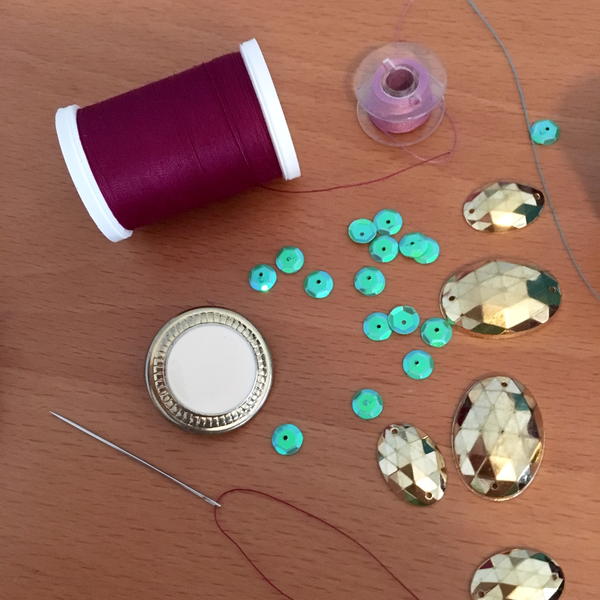
A few examples of hand-sewn adornments include sequins, paillettes, crystals, rhinestones, and beads. They should be applied with care, arranged in artful patterns, and (above all) bring a sense of handcrafted elegance to your project.
If applicable, layer your embellishments to give them a couture look (for instance, place seed beads over sequins to create height and texture). You can also overlap your materials, or even add hidden features like beadwork inside a lapel. Whatever you create, take your time and the results will be amazing!
Extra tip: Make a few sample swatches before you commit to a pattern or design using all of your embellishments.
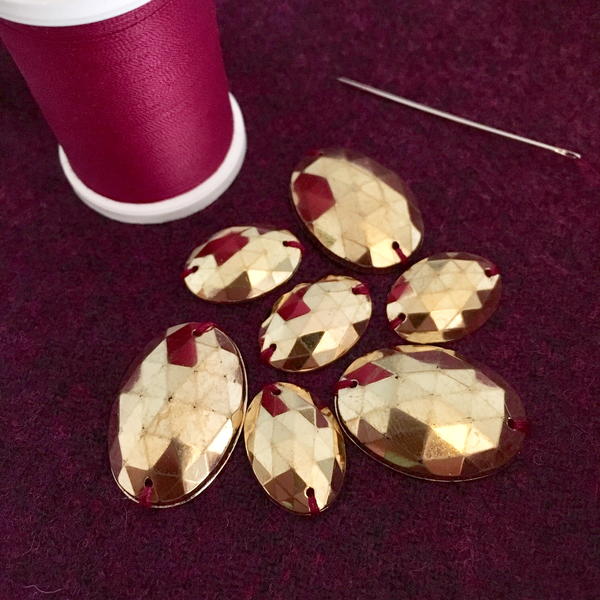
Use Quality Fabrics When Matching Couture Fashions
Couture designers typically use the most expensive fabrics available, from fine silks to intricate laces. If you are working with a limited budget for your sewing (as many of us are), still look for materials that are of great quality!
They should be rich in color, have exquisite details or patterns, and an expensive feel and fabric weight even if they aren't super pricey.
Extra tip: I recommend getting the ends of bolts when they go on sale and shopping with coupons (or around holidays) to get the best deals on fabric and other materials.
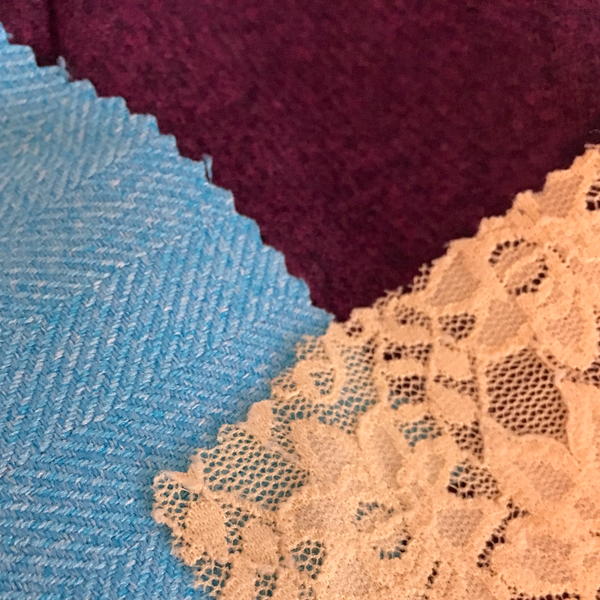
Haute Couture Uses Unique Angles
Innovation in pattern-making is also a characteristic of couture sewing. Instead of sticking with simple styles, aim for unusual angles and experiment with draping and folding fabrics. You can start with a cotton muslin material before you use the more expensive fabric.
The most extravagant couture designers create garments that are instantly recognizable due to their unique design elements. This is the perfect opportunity to expand on your existing creativity and take it to the next level!
Couture Sewing Techniques: Tailoring and Customization is Key
Couture techniques don't always have to involve glitzy or shiny embellishments. It typically means making custom garments for a certain client, often worn for special occasions like weddings and other fancy events.
If you plan to make many garments from start to finish, invest in an adjustable or non-adjustable dress-form (sometimes known as a dummy or dressmaking mannequin). There are advantages and disadvantages to both kinds- non-adjustable can be sturdier but as the name implies you can't adjust the size. For this reason, research and decide on the best option for your sewing before purchasing one.

A dress-form will allow you to pin onto it paper patterns and fabric, perfecting the sizing and shape of your designs. You should also take the exact measurements of yourself (or your client) in order to get a perfect fit. Customized garments should look like they were made just for the person wearing it.
Want More?
Is Making Your Own Clothes Cheaper? >>>
What is your favorite feature of haute couture fashion?
Let us know in the comment section!
Read Next50+ Sewing Crafts That Sell Well

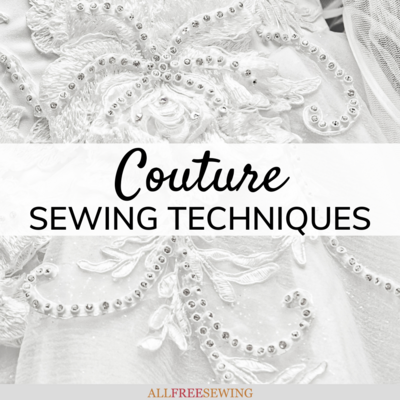
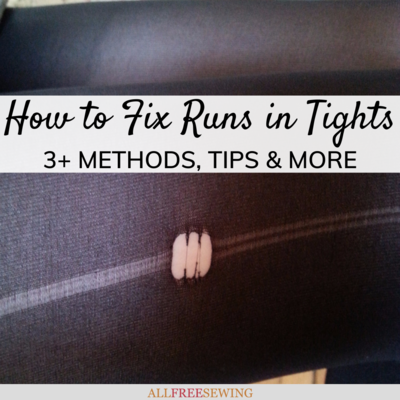
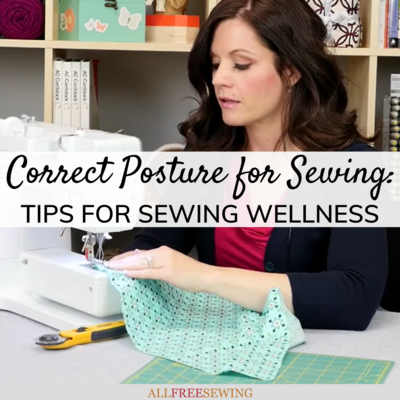

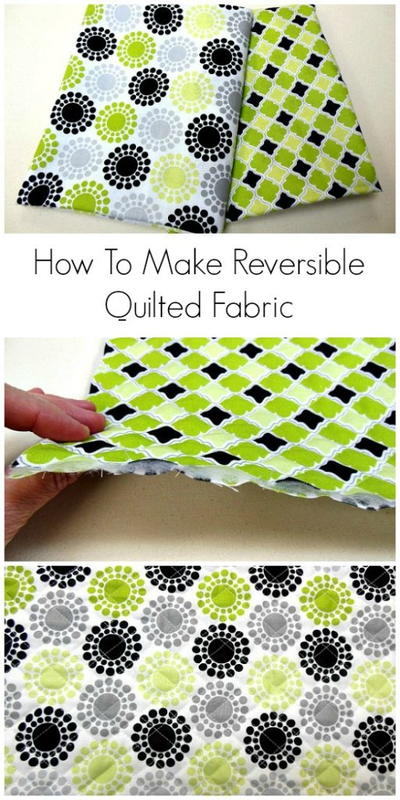

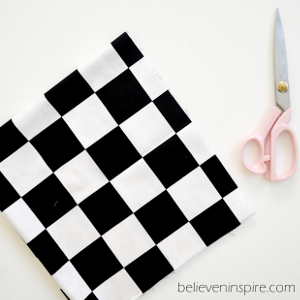


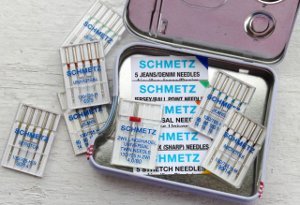
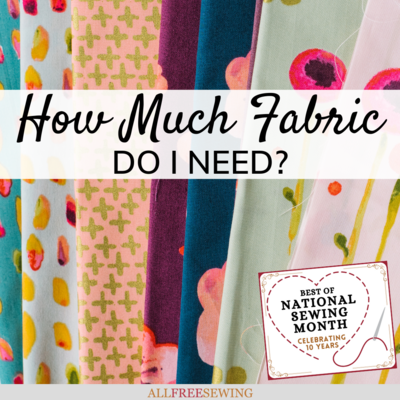
![Know Your Skirts Guide [Infographic]](http://irepo.primecp.com/2021/10/509029/Know-Your-Skirts-Infographic-square21-nw_Large400_ID-4536247.png?v=4536247)



